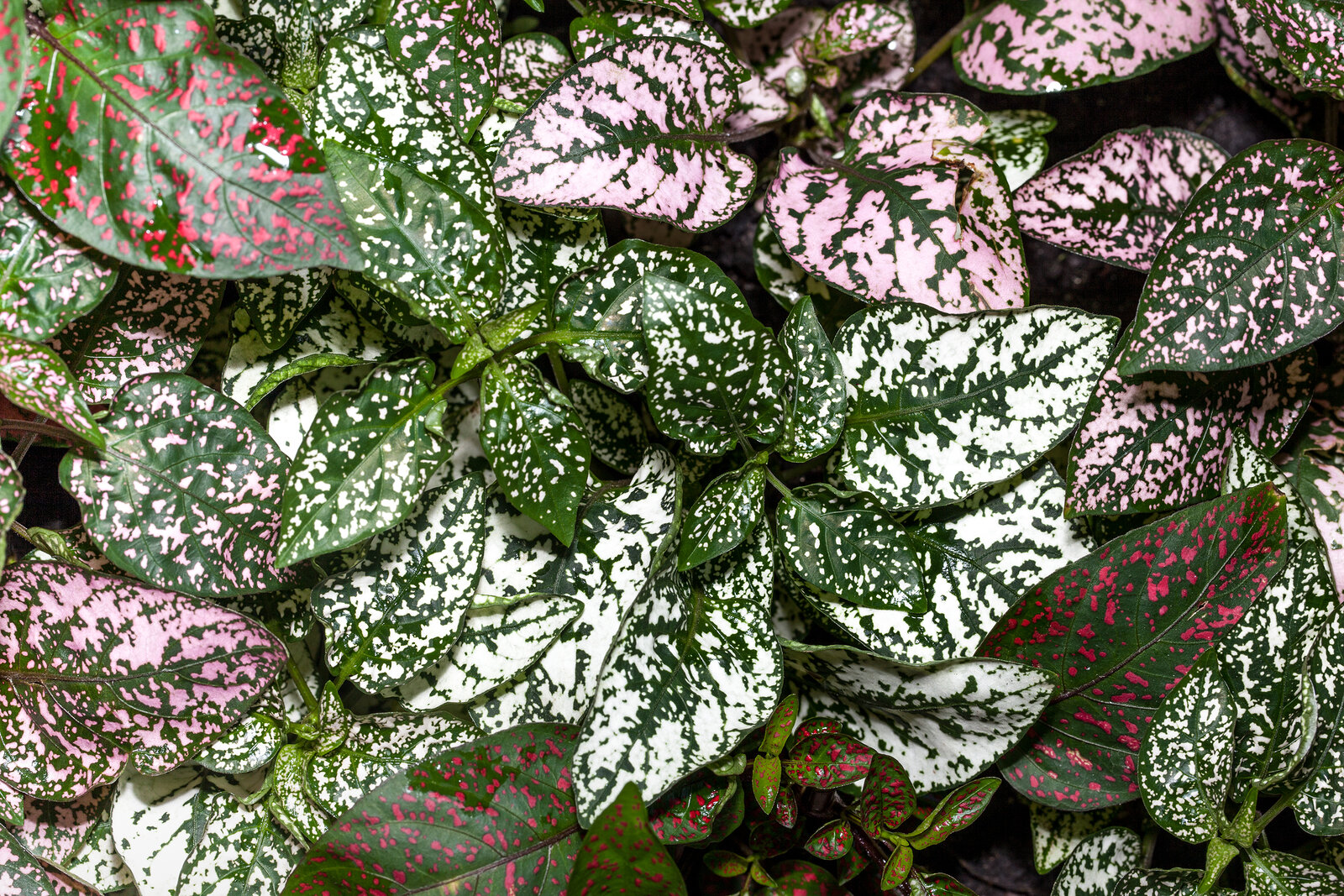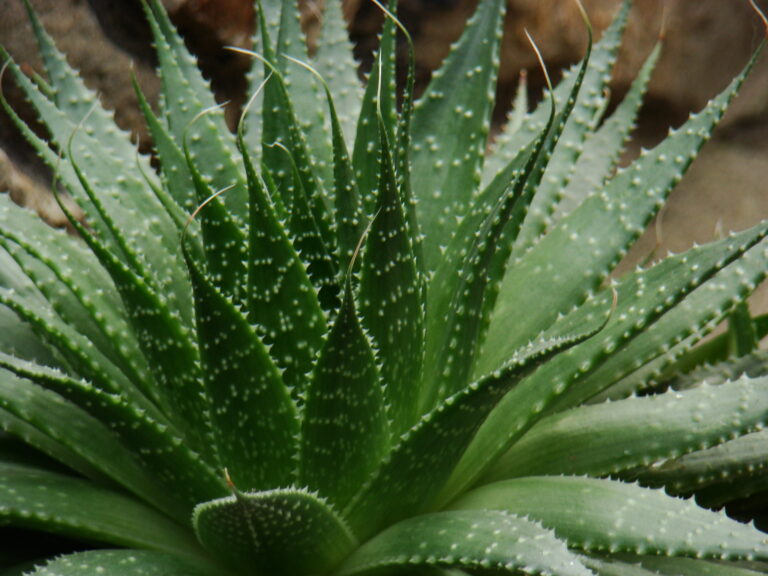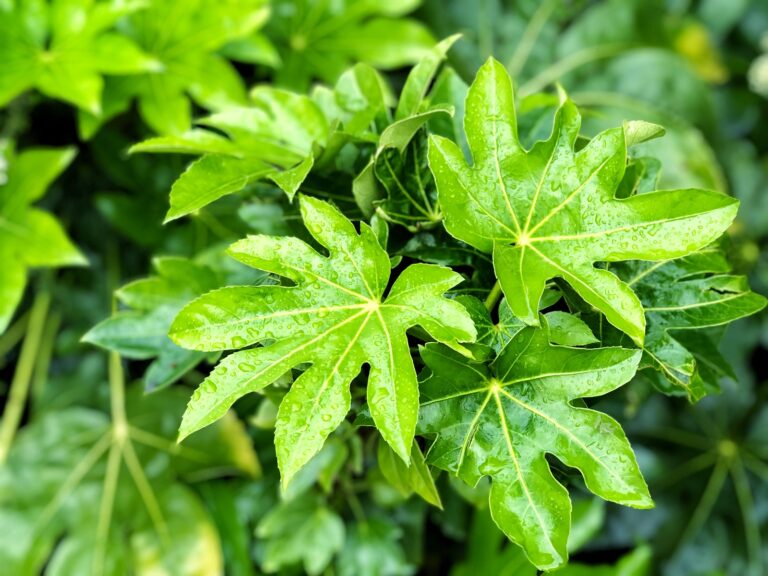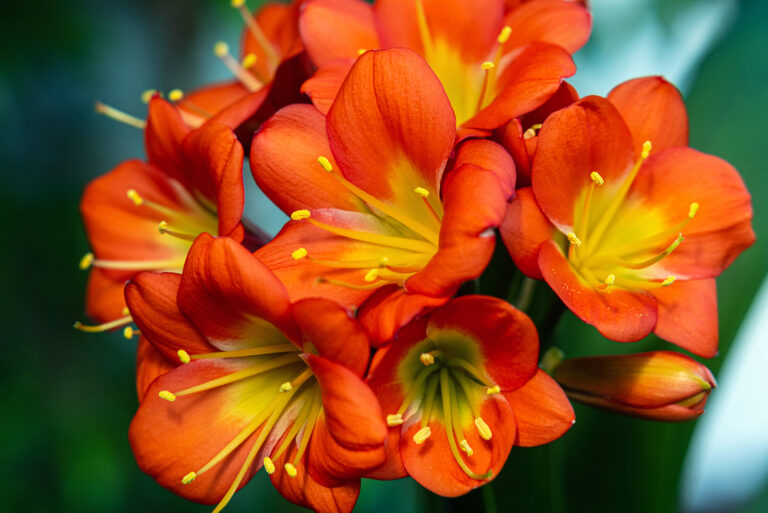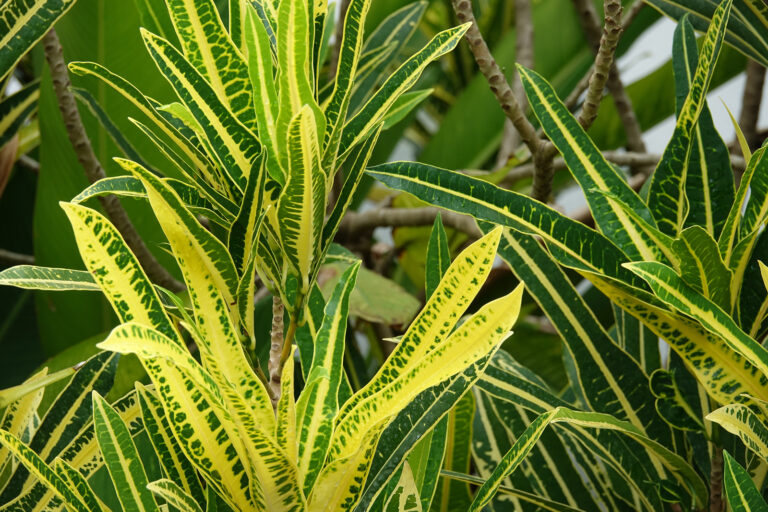How to Grow Polka Dot Plant — Hypoestes
Hypoestes–commonly called polka-dot plant–is a striking plant with liberally marked lavender-rose and white leaves. It can be grown indoors in bright light or outdoors in year-round subtropical regions.
Hypoestes are good houseplants; they may also be grown as annuals and used as bedding or in patio containers. In warm-winter regions, they can be grown as a shrub border or in containers.
Hypoestes should be growing in bright filtered light. Outdoors Hypoestes should be grown in partial shade, sheltered from cold winds.
Hypoestes is a genus of about 40 species of evergreen perennials and subshrubs. Hypoeste is native to open woodland in South Africa, Madagascar, and Southeast Asia.
Get to know Hypoestes
- Plant type: Tropical perennial
- Growing Zones and range: Zones 10-11
- Hardiness: Tender
- Optimal growing temperature: day 70°F (21°C), night 50° to 55°F (10°-13°C)
- Height and width: 12 inches (30cm) tall and 9 inches (23cm) wide
- Foliage: Distinctive spots in pale pink on smooth green roughly heart-shaped leaves 2½ inches long
- Flowers: Racemes of soliatary or clustered, tubular, 2-lipped flowers
- Bloom time: Late summer to winter
- Uses: Houseplant, bedding plant in warm regions
- Common name: Polka-dot plant, freckleface
- Botanical name: Hypoestes phyllostachya
- Family: Acanthaceae
- Origin: South Africa, Madagascar, Southeast Asia
Where to plant Hypoestes
- Hypoestes needs bright light; direct sun will bring out the color spot most. If the plant gets too little light the spots will fade.
- Grow Hypoestes in all-purpose, soil-based mix.
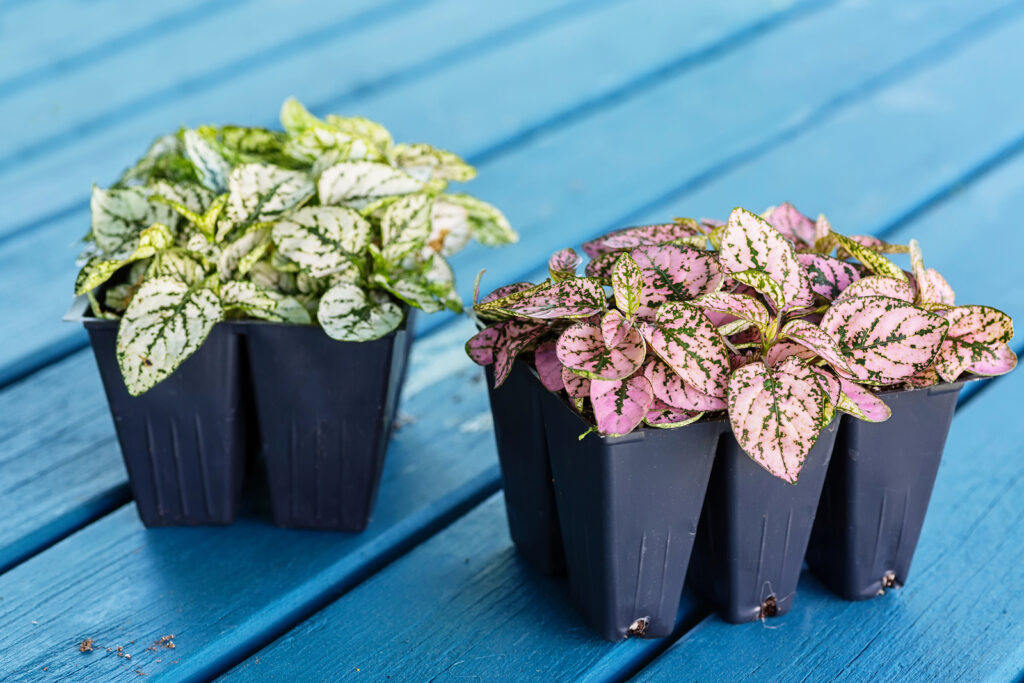
How to water and feed Hypoestes
- Keep the soil moist, but not soggy. In winter keep the soil slightly drier.
- Place a tray of pebbles and water below the plant to maintain humidity.
- Fertilize Hypoestes twice in spring and summer.
Hypoestes care
- Keep the plant bushy by pinching off the tiny lavender flowers when they appear.
- Plants get leggy with age, replace them with new plants, or cut the old ones back to 1 inch tall and repot.
Growing Hypoestes as a houseplant
- Hypoestes requires bright light to maintain its vibrant leaf color.
- Hypoestes needs average room temperature and medium humidity.
- The soil should be allowed to dry slightly between waterings; if the soil becomes too dry, the leaves may wither.
- Fertilizer should be applied regularly during spring and summer.
Hypoestes pests and diseases
- Hypoestes is susceptible to attack by mealybugs, scale insects, spider mites, and whiteflies.
- Powdery mildew can be a problem.
Hypoestes propagation
- Hypoestes can be propagated by seed and from stem cuttings.
- Root softwood or tip cuttings in late sping or semi-ripe cuttings in summer.
Hypoestes varieties to grow
- Hypoestes aristata, ribbon bush: Erect evergreen perennial with ovate, dull-mid-green leaves with velvety surfaces; pale magenta to purple flowers sometimes spotted or lined with white or mauve; grows to 4 feet (1.2m) tall and 18 inches (45cm) wide.
- H. phyllostachya, polka-dot plant, freckle face. Grows to 12 inches tall and 9 inches wide; ovate, downy dark green leaves spotted with reddish or bluish pink; terminal magenta to lilac flowers from late summer to winter.

